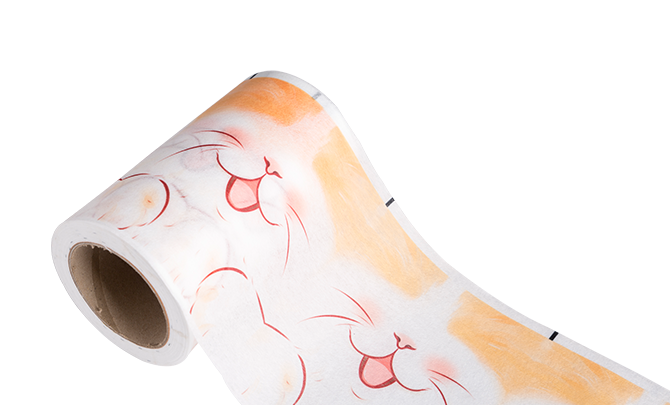There are several printing technologies that can be used for transfer printing nonwoven fabrics. Here are three commonly used techniques:
Dye Sublimation: Dye sublimation involves printing the design onto transfer paper using special dye sublimation inks. The transfer paper is then placed onto the nonwoven fabric and heat is applied to activate the ink, causing it to transfer from the paper to the fabric as a gas. The gas penetrates the fibers of the fabric and solidifies as it cools, resulting in a durable and vibrant image.
Heat Transfer: Heat transfer printing involves printing the design onto transfer paper using standard inkjet or laser printers. The transfer paper is then placed onto the nonwoven fabric and heat is applied to activate the ink, causing it to transfer to the fabric. The ink adheres to the fibers of the fabric, resulting in a permanent image.
Direct-to-Fabric: Direct-to-fabric printing involves printing the design directly onto the nonwoven fabric using specialized inkjet printers. The ink is absorbed by the fibers of the fabric, resulting in a durable and high-quality image. Direct-to-fabric printing is typically used for small-scale projects or custom orders, as it can be more expensive and time-consuming than other printing methods.
Each of these
custom Transfer Printing Nonwoven Fabrics technologies has its own advantages and disadvantages, and the choice of technique will depend on factors such as the complexity of the design, the size of the order, and the desired durability of the printed image.



